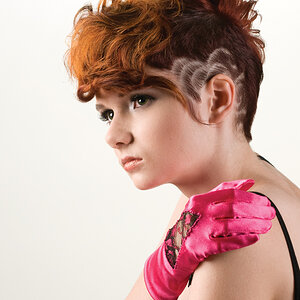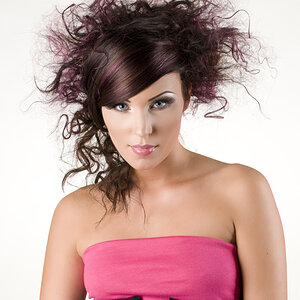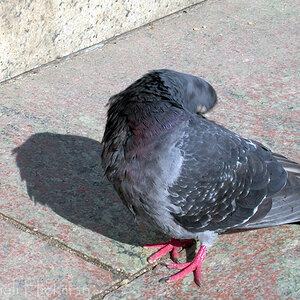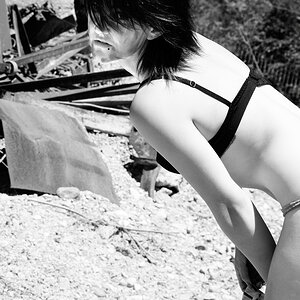Josh66
Been spending a lot of time on here!
- Joined
- Oct 31, 2007
- Messages
- 14,593
- Reaction score
- 1,239
- Location
- Cedar Hill, Texas
- Can others edit my Photos
- Photos NOT OK to edit
Sorry if I put this in the wrong forum, I wasn't really sure where it belonged.
(I did do a search, but I didn't find an answer to my question.)
In the next week or two I want to get one of the Katz Eye focusing screens for my 350D. (I just can't seem to manually focus accurately with the stock focusing screen.)
My question is: Is the OptiBrite treatment worth it?
It says that it makes the view finder brighter at smaller apertures - but the lens will always be at max aperture (unless I press the DoF preview button) until the shutter opens, right?
Like on my 50 f/1.4 even if I stop it down to f/22, it's still wide open until I actually take the picture.
I could be wrong, but it seems like the OptiBrite treatment is only beneficial if you're using a lens that actually stops down to whatever aperture you want to use before you take the picture (which none of my lenses do). Does that make sense?
If I had lenses like that I could see why I might want to get the treatment, but will it offer any advantage at all if I'm always looking through the lens at max aperture?
Sorry if I didn't explain it very good, hopefully I got my point across though.
(I did do a search, but I didn't find an answer to my question.)
In the next week or two I want to get one of the Katz Eye focusing screens for my 350D. (I just can't seem to manually focus accurately with the stock focusing screen.)
My question is: Is the OptiBrite treatment worth it?
It says that it makes the view finder brighter at smaller apertures - but the lens will always be at max aperture (unless I press the DoF preview button) until the shutter opens, right?
Like on my 50 f/1.4 even if I stop it down to f/22, it's still wide open until I actually take the picture.
I could be wrong, but it seems like the OptiBrite treatment is only beneficial if you're using a lens that actually stops down to whatever aperture you want to use before you take the picture (which none of my lenses do). Does that make sense?
If I had lenses like that I could see why I might want to get the treatment, but will it offer any advantage at all if I'm always looking through the lens at max aperture?
Sorry if I didn't explain it very good, hopefully I got my point across though.


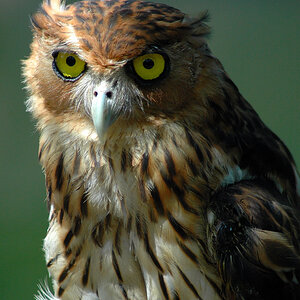

![[No title]](/data/xfmg/thumbnail/31/31011-439c1242fe08cf6b54f32bf06523a567.jpg?1619734567)
